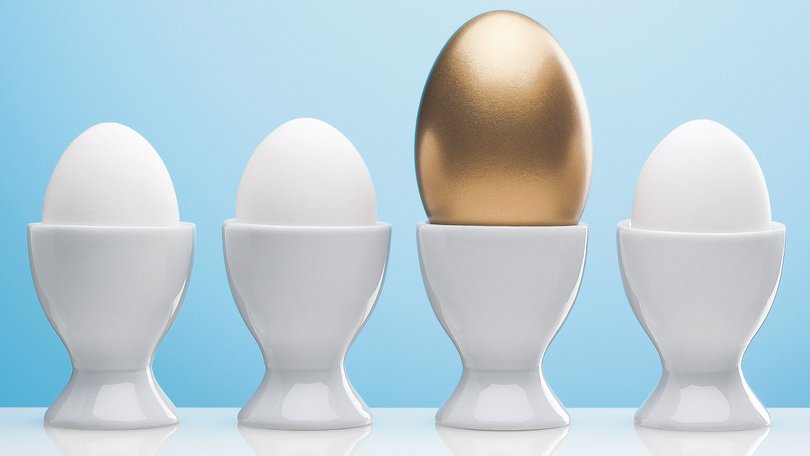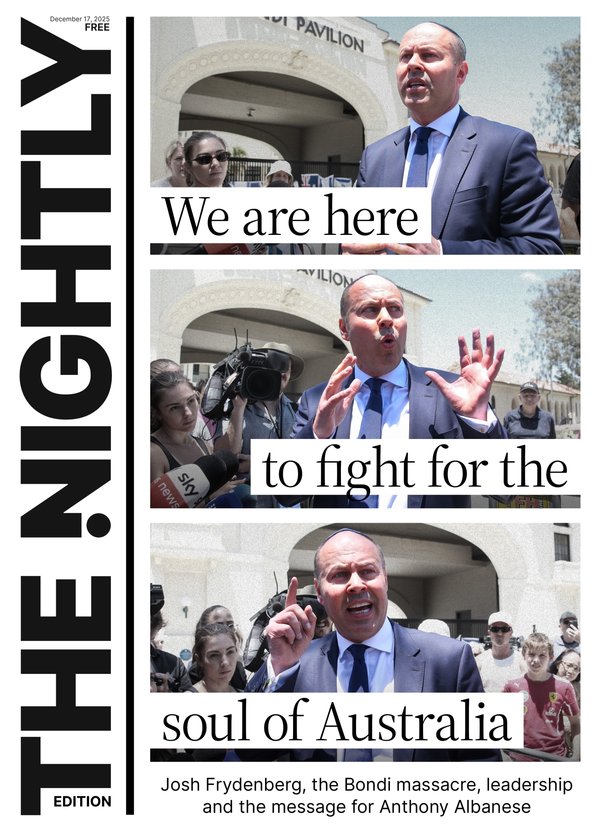Nick Bruining: Superannuation contribution limits change on July 1. Here’s how much you can put into your pot

The Australian Tax Office has confirmed the 2024 superannuation thresholds will rise in line with predictions made in Your Money more than a month ago.
The increases represent a near 10 per cent boost to the amount of money that can be contributed to superannuation and could, theoretically, allow an eligible couple to dump close to $1.6 million into super in a single day.
The higher thresholds also help low-income earners with a lift in the amount of money someone can earn and still qualify for the $500 co-contribution payment.
Sign up to The Nightly's newsletters.
Get the first look at the digital newspaper, curated daily stories and breaking headlines delivered to your inbox.
By continuing you agree to our Terms and Privacy Policy.Superannuation contribution cap thresholds jump in $2500 increments and are tied to average weekly ordinary time earnings. Data released for the December quarter in February all but guaranteed the increase.
From July 1, the concessional contribution cap rises to $30,000 per individual from the current limit of $27,500.
Concessional contributions are essentially those contributions where somebody is receiving a tax concession, and that’s usually because the contribution is tax deductible. It includes voluntary personal contributions where a tax deduction is claimed and extends to salary-sacrificed arrangements where an employee redirects some of their pre-tax income to super.
Concessional contributions also include the employer’s compulsory super guarantee payment of 11 per cent, but this rises to 11.5 per cent on July 1.
The increase will also affect the carry-over amount which allows an individual to make use of unused contribution caps from up to five previous years.
To be eligible, the total superannuation balance must be less than $500,000 when the contribution is made and the member must meet other eligibility criteria such as age and work status if they’re aged over 67.
In theory, a person making full use of the carry-over rules after July 1 has the new concessional cap of $30,000, three lots of $27,500 representing the years 2021-2023 and one year at $25,000. All up, a grand-total of $137,500. Again, this is less any amounts that have previously been used.
Concessional contributions are subject to a 15 per cent contributions tax, and if an individual’s adjusted taxable income exceeds $250,000 this is doubled to 30 per cent under a special tax referred to as “Division 293 tax” — referring to that section of the Act that applies. The tax is usually deducted from the super fund as directed by the affected member.
The non-concessional contribution cap is directly linked to the concessional cap and is four times that value — or $120,000 from July 1, a $10,000 increase from the current level of $110,000.
Non-concessional contributions are those contributions where no tax deduction is claimed and are not subject to any contributions tax. In other words, the full amount contributed is invested.
This then flows through to an increase to the bring-forward limit of $30,000, meaning that from July 1 someone under age 75 can make a one-off non-concessional payment to super of $360,000, representing three years of contributions. This limit is reduced if your total superannuation balance is approaching $1.9m
There has been no increase to the super downsizer contribution limit of $300,000 but, importantly, this once-in-a-lifetime limit does not count towards any contribution caps.
Super downsizer contributions can be made by anyone over the age of 55 who sells their family home where they have resided for at least 10 years and makes the contribution within 90 days of settlement.
A couple with little or no money in superannuation who decide to retire after July 1 and downsize could each make use of the $137,500 concessional cap, plus the $360,000 non-concessional cap plus the $300,000 downsizer contribution. All up, that’s $797,500 each — or a combined total of $1.595m in a single day.
The actual order the contributions are made will need to be carefully watched because in the process you might become ineligible to make carry-over concessional contributions. If your balance exceeds $500,000 at any time before the contributions is made, you can’t use carry-over rules.
Low-income earners will benefit from an increase in the lower co-contribution threshold from the current limit of $43,445 to $45,400 on July 1.
The co-contribution is a government payment of 50¢ per $1 up to $500 to an eligible super fund, where the member makes their own $1000 non-concessional contribution.
To be eligible for the full amount, income will need to be less than the new lower threshold. When it exceeds the $45,400 figure it reduces at the rate of 33¢ per $1 until it cuts out altogether at $60,400.
Nick Bruining is an independent financial adviser and a member of the Certified Independent Financial Advisers Association

